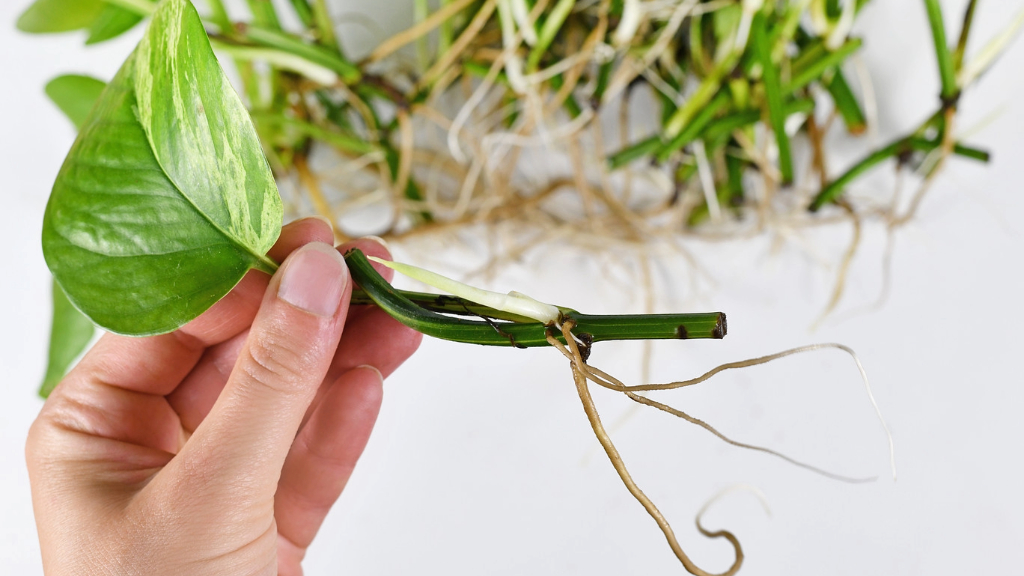Propagation of Plants Tests Patience


Propagating plants can be easy or difficult. Even after following all the rules, some plants may not take root. The propagation methods I use most are taking cuttings, removing offsets, or by division.
Plants that are Easy to Propagate
I have found some of the easiest plants to root by cuttings are Schefflera, inch plant, pothos, and Christmas cactus. I just cut off some stems and insert them in potting soil. Inch plant and pothos will also root in water. It’s important to move the rooted cuttings to soil quickly, or they will have a hard time acclimating to the new medium. You can dip the cutting in rooting hormone before planting, if desired. It is supposed to give your cutting a better chance at rooting.
Plants that produce offsets such as hen and chicks, ponytail palm, Haworthia, and airplane plant are simple to propagate by separating the offsets. Donkey ears produces a new plant at the end of each leaf. Remove the “pups” and plant them in the appropriate soil – cacti and succulent mix for the succulents like Haworthia or potting soil for general houseplants.
Perennials propagate easily by division, and I always have success dividing irises, daylilies, hosta, coneflower, liatris, and mums. Dig up the clump and divide into sections. For irises, remove and keep the new growth coming off last season’s rhizome and discard the spent rhizome. It won’t bloom again. Hosta doesn’t have to be divided; you can let them continue to merrily spread. If they are getting out of bounds, however, you can dig up an edge rather than the whole clump.
Pipevine Proves Problematic
The most difficult plant I have tried to propagate was a pipevine, which is a butterfly host plant. It looks like it would be easy to propagate; it forms runners that sucker underground and emerge at the top of the soil with new leaves. When it is dug up, some of the runner comes with it. I’ve tried rooting it in soil and in water, but it takes several attempts, and I’m rarely successful. I have decided with this plant it is best to buy one from a native plant nursery.
I haven’t tried much propagation of trees and shrubs. I did get some oak trees to grow from seed to about 8 inches (20 cm.) once but lost them to neglect.
It’s fun to propagate plants and share them with family or, if you are in a garden club, the spring plant sale. With persistence most attempts will be successful.
Gardening tips, videos, info and more delivered right to your inbox!
Sign up for the Gardening Know How newsletter today and receive a free copy of our e-book "How to Grow Delicious Tomatoes".

After graduating from Oklahoma State University with a degree in English, Susan pursued a career in communications. In addition, she wrote garden articles for magazines and authored a newspaper gardening column for many years. She contributed South-Central regional gardening columns for four years to Lowes.com. While living in Oklahoma, she served as a master gardener for 17 years.
-
 Creative Ideas For Plant Containers: 7 Ways To Save Money And Add Charm To A Garden
Creative Ideas For Plant Containers: 7 Ways To Save Money And Add Charm To A GardenIf you are looking for great ways to add personality to your container gardening – and even save yourself some money – then try these creative ideas for plant containers
By Mary Ellen Ellis
-
 How To Make A Bouquet Garni Or Herb Bundle For Cooking
How To Make A Bouquet Garni Or Herb Bundle For CookingIf you’re a great cook, you may have made an herb bundle before. If this is a new idea, learn how to add sparkle and interest to your dish with a bouquet garni.
By Amy Grant